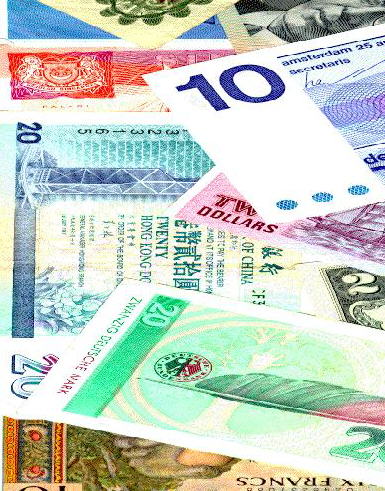
© 1999-2020, Douglas A.Ruby (07-27-2020)
Macroeconomic Theory
Glossary: Macroeconomics
Microeconomic Theory
Glossary: Microeconomics
GraphIt!
A Reading List
About
Our slotozen casino review provides insights into the casino's game variety, bonuses, and overall player experience.
New releases are frequently updated on 123movie, keeping the content fresh.
Soap2day search function makes it easy to find exactly what you want to watch.

www.digitaleconomist.org (v3.0)
You should read about trio marin today!